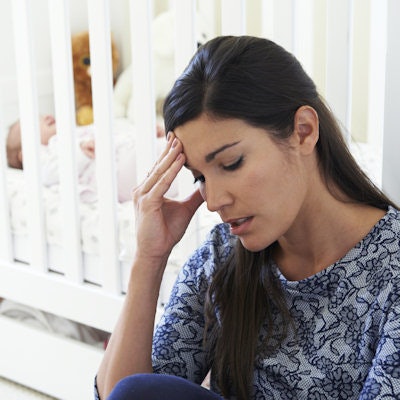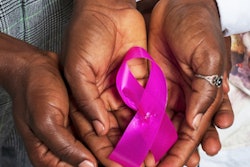
Poor women are half as likely to get breast cancer screening compared with women with more resources -- and those living in rural areas are about a third as likely to get screened compared with their urban counterparts, according to a study published online March 9 in JAMA Network Open.
The findings highlight the need to understand social factors that may affect compliance with preventive health measures when developing protocols and policies, wrote a group of researchers led by Shaheen Kurani, PhD, of the Mayo Clinic in Rochester, MN.
"Individuals living in the 20% most deprived census block groups were half as likely to undergo recommended cancer screening as those living in the 20% least deprived census block groups, and individuals living in rural areas compared with urban areas were 7% to 24% less likely to complete a cancer screening," the group wrote.
The study results suggest that understanding the impact that living in a rural area can have on screening compliance can help guide interventions designed to address disparities in access to care, they added.
Despite improvements in treatment, disparities in cancer mortality remain, and these disparities may be aggravated by low rates of cancer screening and delays in diagnosis, the authors noted. Geographic and resource factors can be of negative influence as well.
Kurani's group sought to investigate associations between area resource deprivation, rurality, and breast, cervical, and colorectal screening in patients receiving primary care at 75 practices in Iowa, Minnesota, and Wisconsin, estimating rates of screening compliance from electronic health records between July 2016 and June 2017. The authors used the area deprivation index (ADI), which is a measure of social determinants of health composed of 17 U.S. Census factors; they defined rurality by zip code.
The study included the following patients:
- 78,302 eligible for breast cancer screening (mean age, 61.8 years)
- 126,731 patients eligible for cervical cancer screening (mean age, 42.6 years)
- 145,550 patients eligible for colorectal cancer screening (mean age, 62.4 years)
The odds of complying with recommended screening were lower for those people living in the most deprived, or highest ADI, areas compared with those living in the least deprived, and for those living in rural areas compared with urban ones, the group found. Breast cancer screening had the lowest ratios.
| Odds ratios for cancer screening by resource, area type | ||
| Cancer screening test | Odds ratio, people living in highest ADI areas | Odds ratio, people living in rural areas |
| Breast | 0.51 | 0.76 |
| Cervical | 0.58 | 0.81 |
| Colorectal | 0.57 | 0.93 |
The study findings highlight that more work is needed to improve cancer screening in rural populations and in those with less access to resources, according to Kurani and colleagues.
"Individuals living in areas of greater deprivation and rurality had lower rates of recommended cancer screening, signaling the need for effective intervention strategies that may include improved community partnerships and patient engagement to enhance access to screening in highest-risk populations," the group concluded.




















